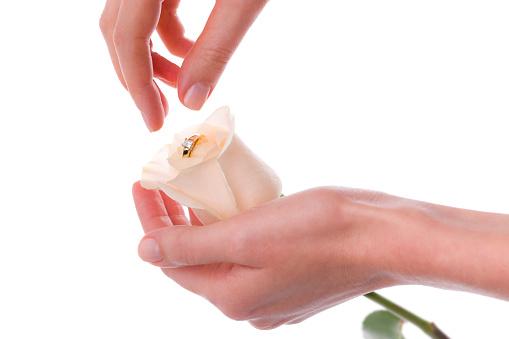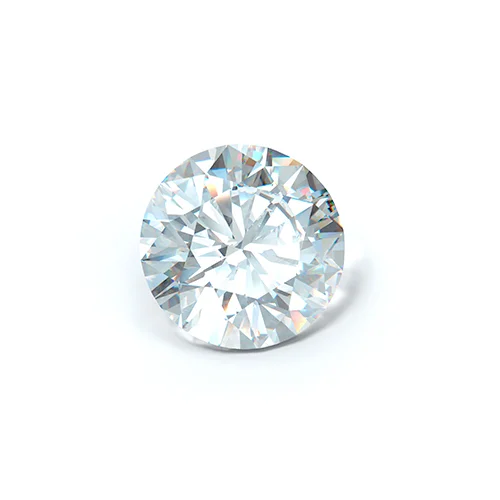
Thinking about a lab-grown diamond for your engagement ring? In this blog, we explore the benefits of lab-grown diamonds and provide tips on how to find the perfect lab-grown diamond engagement ring. From understanding the 4 C’s of diamond quality and choosing a reputable seller, to selecting a setting and design that fits your personal style, you’ll find everything you need to know about lab-grown diamond engagement rings in this guide.
Lab-grown diamonds are an increasingly popular choice for engagement rings because they offer a number of benefits that make them a responsible and affordable alternative to natural diamonds. These diamonds, which are created in a laboratory setting using advanced technology, are chemically, physically, and optically identical to natural diamonds, but they are produced in a more environmentally friendly and sustainable way.
One of the main benefits of choosing a lab-grown diamond for your engagement ring is that they are often more affordable than natural diamonds. This is because they do not require the same resources and labor to extract from the earth, which can drive up the price of natural diamonds. Additionally, the process of creating lab-grown diamonds in a laboratory setting is generally more efficient and cost-effective than mining for natural diamonds. As a result, lab-grown diamonds can be a more budget-friendly option for those looking to purchase an engagement ring, especially for those who want a high-quality diamond but may be working with a limited budget.
But the benefits of lab-grown diamonds go beyond just cost. They are also a more environmentally responsible choice. Diamond mining can have negative impacts on the environment, including habitat destruction, pollution, and carbon emissions. By choosing a lab-grown diamond, you can ensure that your engagement ring does not contribute to these negative impacts. Lab-grown diamonds are created in a controlled laboratory setting using renewable energy sources, making them a more sustainable and environmentally friendly choice.
In addition to being more affordable and environmentally responsible, lab-grown diamonds are also chemically, physically, and optically identical to natural diamonds. This means that they have the same crystal structure, hardness, refractive index, and other physical and optical properties as natural diamonds. They are also graded using the same standards as natural diamonds, so they can receive the same quality grades in terms of cut, color, clarity, and carat weight.
This makes lab-grown diamonds a great choice for those who are looking for a high-quality diamond that meets their standards, but want to make a responsible and affordable choice. With a lab-grown diamond, you can have all the beauty and brilliance of a natural diamond, without the added cost or environmental impact.
So, how do you go about choosing a lab-grown diamond engagement ring? The process is similar to choosing a natural diamond ring. Consider the 4 C’s of diamond quality – cut, color, clarity, and carat weight – and choose a reputable jeweler or retailer. Decide on a setting and design that fits your personal style, and you’ll be on your way to finding the perfect lab-grown diamond engagement ring.
In conclusion, lab-grown diamonds are a responsible and affordable alternative to natural diamonds for an engagement ring. If you’re considering a lab-grown diamond, be sure to consider the 4 C’s, choose a reputable seller, and select a setting and design that reflects your personal style. With these tips in mind, you’ll be able to find a lab-grown diamond engagement ring that meets your standards and fits your budget.

